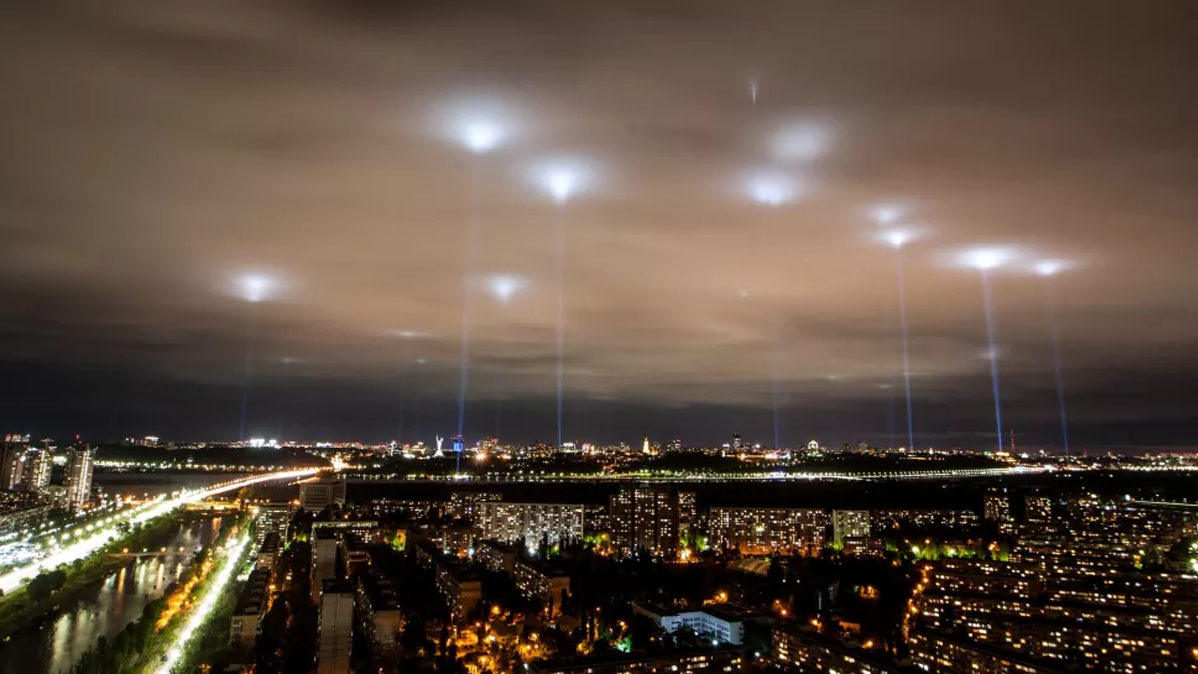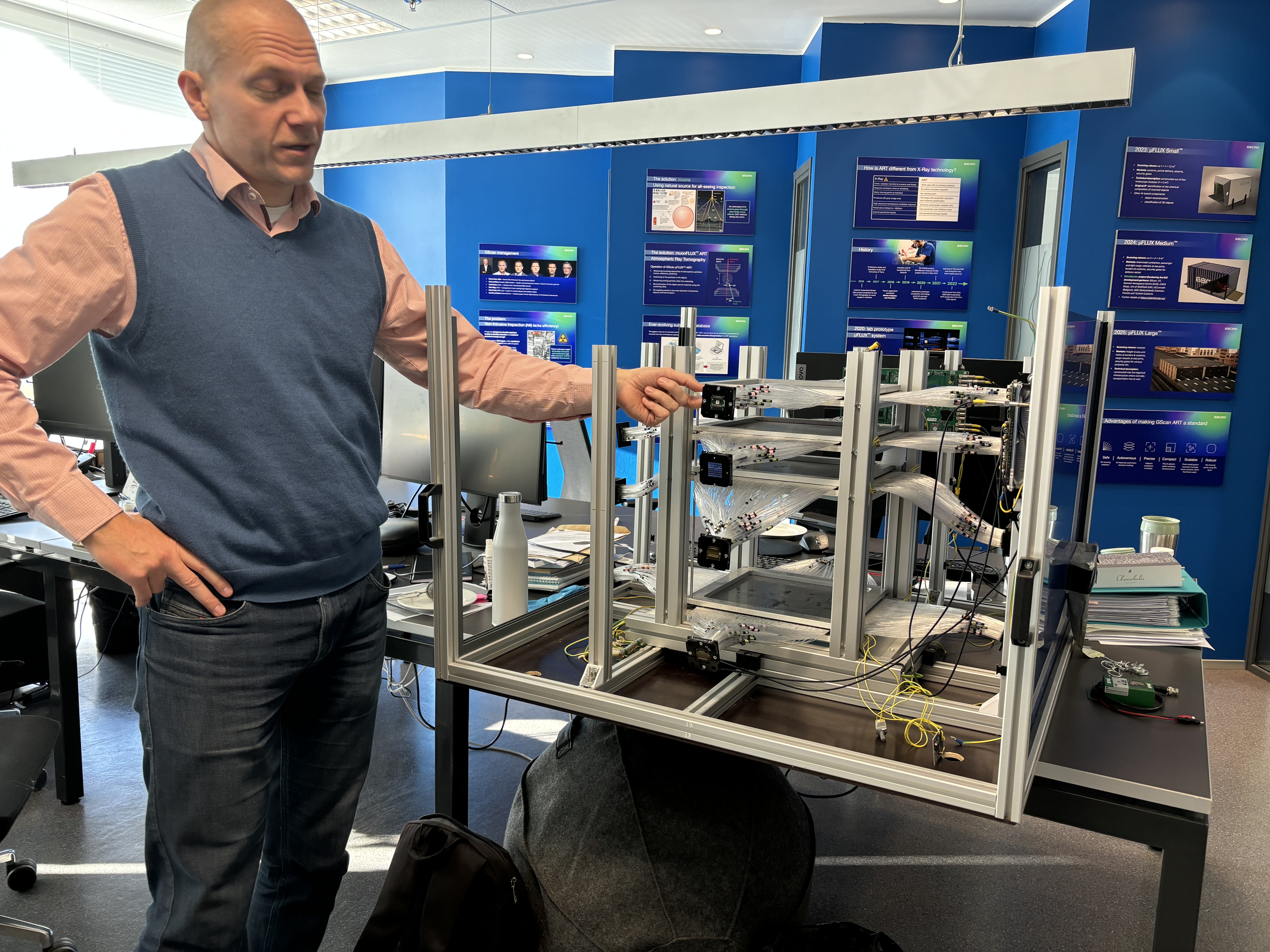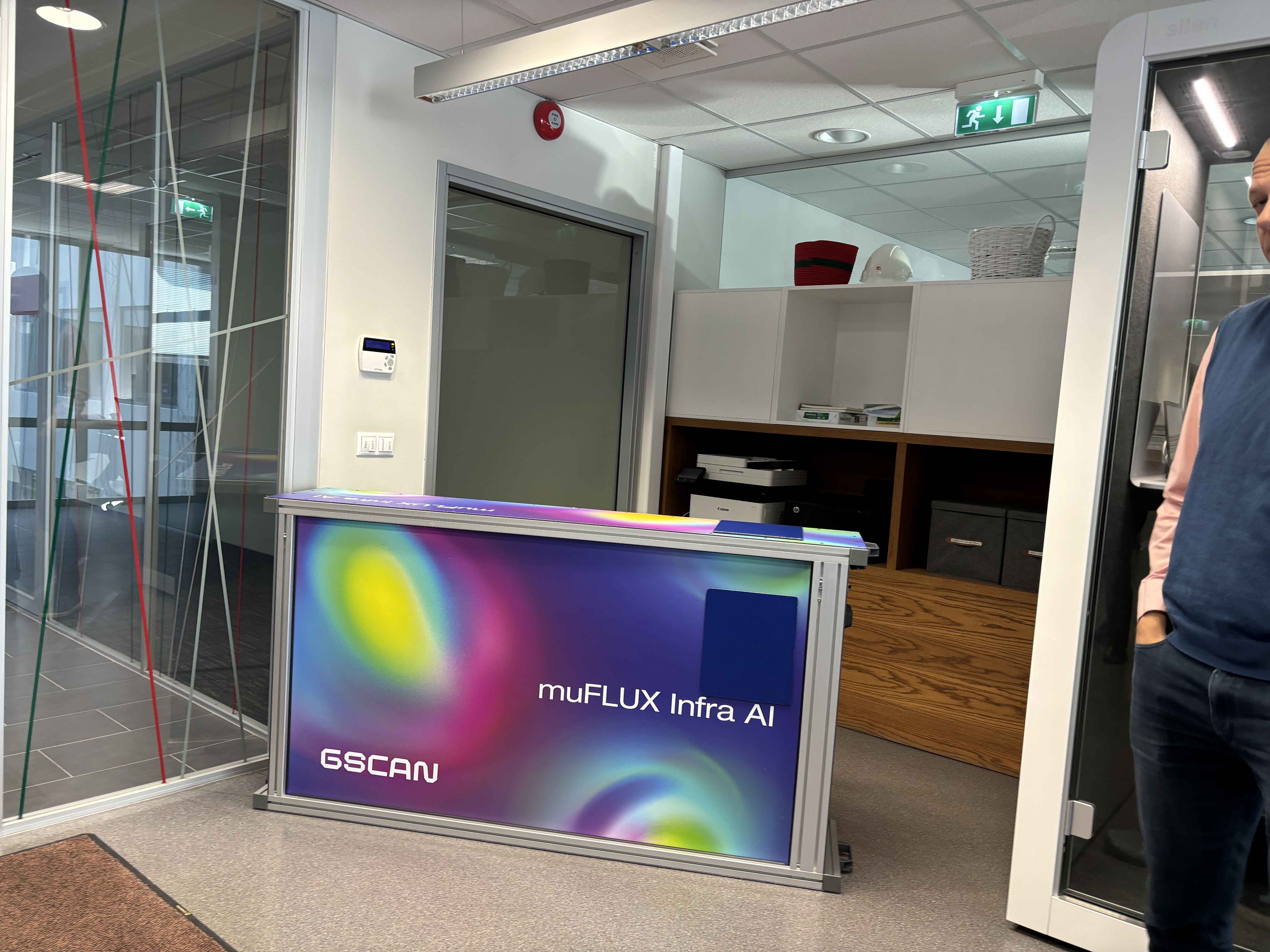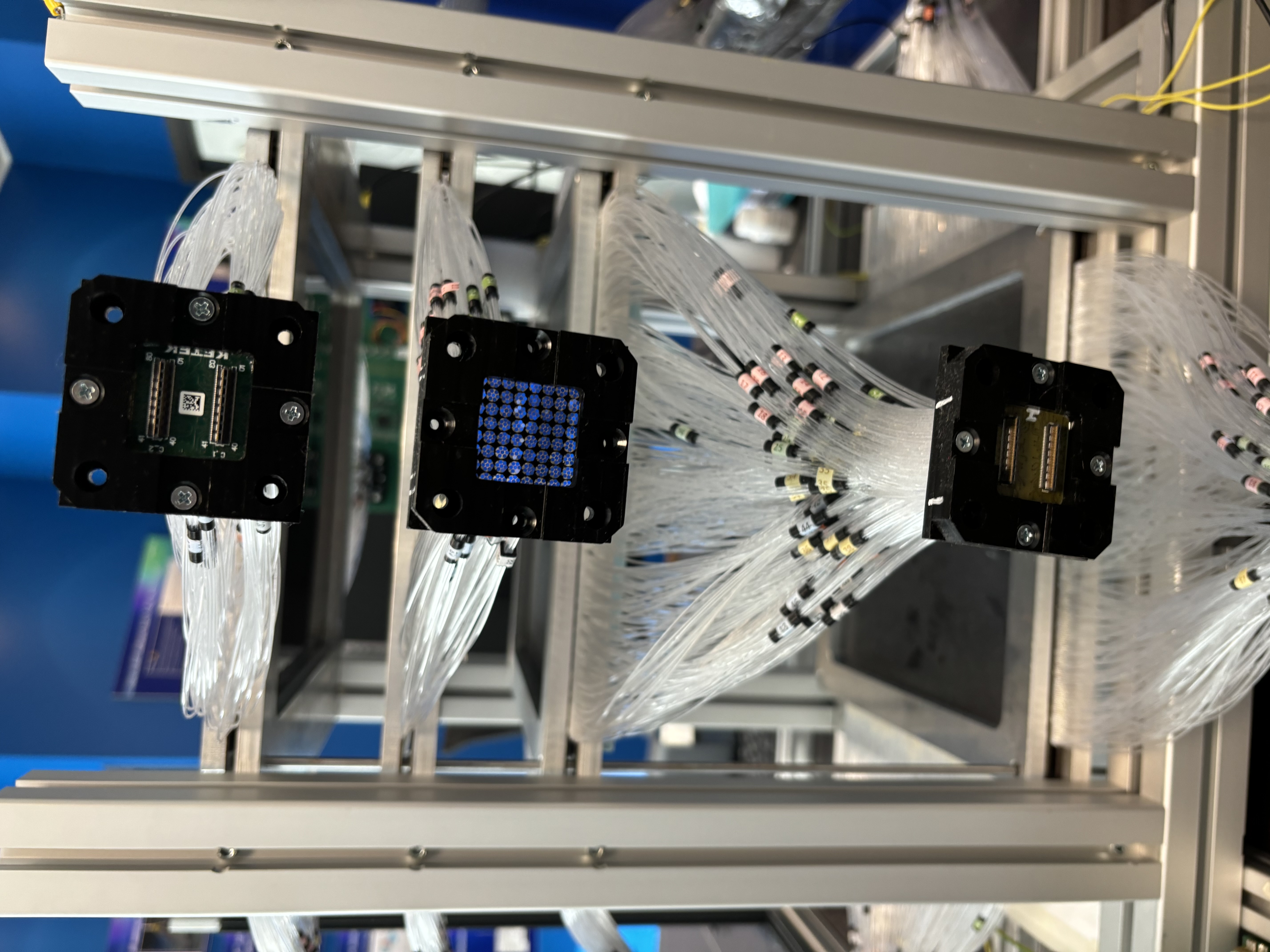
Energetic particles that pop briefly into existence when cosmic rays hit Earth’s atmosphere could help assess hidden damage to buildings in Ukraine after the war ends.
These particles — known as muons — are very strange. They are birthed from collisions between high-energy protons and atomic nuclei that make up cosmic rays, and molecules in Earth’s atmosphere. They exist for only about 2 microseconds before decaying into electrons and anti-neutrinos. But as they travel at the speed of light, they cover vast distances during their fleeting existence. Every second, about 10,000 muons rain on a square meter of Earth’s surface. In fact, these odd particles don’t only rain onto the surface, they penetrate into it, burrowing hundreds of feet into the ground. This ability of these particles to penetrate matter gave scientists in the 1940s the idea to use muon detectors to peer inside vast, otherwise impenetrable, structures. It took a long time before the technology could live up to the task.
In the 1970s, a pioneering experiment used muon detectors to search for hidden chambers in an Egyptian pyramid. It wasn’t until 50 years later that the technology began to come into its own. Over the past decade a handful of companies around the world have made progress developing portable muon tomography devices that can scan vehicles for hidden passengers or illegal goods, or look for cracks in highway bridges or aging nuclear reactors. Estonia-based company GScan is among the companies to have made strides with the development and has already deployed their detectors on several projects including assessing the state of the U.K.’s nuclear decommissioning site Sellafield. The company also has plans to take the technology to Ukraine to help evaluate hidden cracks and fractures in buildings and bridges that could cause the structures to collapse in the future.
"There is no other technology at the moment that can see inside a concrete block," Andi Hektor, GScan’s chief strategy officer and co-founder told Space.com. "The most powerful X-ray system could only see about 10 or 20 centimeters [4 to 8 inches] deep. But with muon detectors, we can see tens of meters deep."
Not only can muon detectors see inside impenetrable structures, they can also assess what’s inside them. For example, corroded metal rods stand out in front of those cosmic particle eyes and so do invisible cracks and hidden vaults filled with liquid.
Related: Scientists find highest energy cosmic ray electrons ever seen

How it works

As muons approach an object, a sensor made from a special kind of plastic fiber detects their passage. By stacking multiple layers of these fiber sheets, researchers are able to reconstruct the muons' trajectories as they pass through each sheet in different locations. Another detector on the other side of the concrete structure then measures how the path of the muons changed as the subatomic particles scattered from the irregularities inside the structure.
“We track hundreds of thousands or even millions of passing particles,” Hektor said. “Based on that information, we can compose an understanding of how the trajectory throughout the object changes on average. Based on that, we can make assumptions about the material and the state of the material that is inside the object.”

To properly assess a large, potentially dangerous structure, like a damaged bridge, is a long and laborious process. The detectors, Hektor said, scan a single key point of the structure for up to a week. To assess an average highway bridge can take up to a month and cost up to $125,000.
GScan are in talks with Ukrainian authorities to possibly test the technology on Kyiv’s Paton Bridge, a 70-year-old, 5,000-foot-long (1,543 meters) structure, which had already been considered seriously dilapidated before the beginning of the war.
"They obviously have different concerns now," Hektor said. "It's something that we could do when conditions are more suitable, and they begin rebuilding everything."
Better than X rays

Not only do muon detectors see much deeper than the better-known X-rays, they are also much safer. Naturally present in the environment, muons don't damage cells and DNA like even low doses of X-rays do. The detectors, unlike X-ray machines, therefore don’t increase the risk of cancer for their operators.
GScan have been developing their technology since 2016. Last year, they used the detectors to examine decommissioned nuclear reactors at the Paldiski nuclear submarine training center in Estonia, a 60-year-old complex built and managed by the Soviet Union. Analyzing the muon scattering, the researchers looked for pockets of radioactive waste and assessed the state of the reactors that have been buried in layers of concrete since the 1990s.







